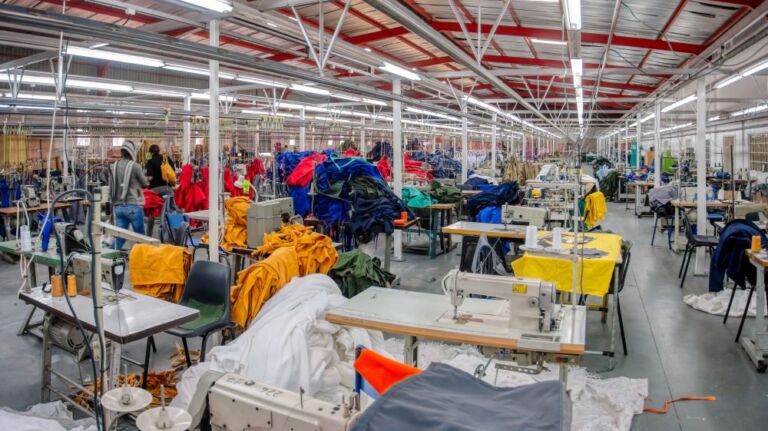Circular Fashion: Reshaping the Textile Industry for a Sustainable Tomorrow


In the dynamic world of fashion and textiles, sustainability has become more than just a trend; it’s a necessity. The Baltic2Hand project stands out as a beacon of innovation and collaboration in this arena, aimed at redefining the lifecycle of textiles through sustainable practices and new business models. Organized by several academic and business institutions across Finland, Sweden, Estonia, and Latvia, this project leverages the collective expertise of diverse teams to tackle the challenges of textile waste.
The Drive Towards Sustainable Textiles
As one of Baltic2Hand’s collaboration actions, two teams from a multidisciplinary Masters course “Solutions.now” were given the challenge to explore how the shift from a linear to a circular textile industry could become a reality. The assignment was to think beyond simply recycling textiles as Baltic2Hand aims to shift the entire textile industry from a linear to a circular approach. The course project was dedicated to developing sustainable business models that reduce textile waste and promote reuse throughout the Nordic-Baltic region, addressing the environmental impact of fashion.
Key Findings and Innovations
The project resulted in a thorough report by one the teams, which explores the complexities of the global and Finnish textile industries. It highlights how Finland plays an important role in transforming textile waste into a valuable resource. Through detailed analysis, the team uncovers the supply chains and value streams that define the textile industry, both locally and globally.
The findings reveal a pressing need for strategic changes in the way textiles are collected, processed, and reintegrated into the economy. By showcasing successful models of textile reuse and introducing novel ideas such as ecosystem collaborations and tax incentives for sustainable practices, the report provides a blueprint for future initiatives.
Challenges and Opportunities
Despite the optimistic outlook, there are still many challenges ahead. The report openly discusses the difficulties of moving to a circular economy, including the high costs of recycling technologies and social and economic obstacles that prevent wide acceptance. However, these challenges also create chances for new ideas, changes in policies, and getting the community involved.
Join Us in Shaping the Future
As we present these findings, we invite stakeholders from all sectors—business, government, academia, and the public—to engage with us. By supporting policies that encourage textile recycling, participating in sustainable consumption, and investing in circular economy models, we can all contribute to a more sustainable and equitable world. Let’s work together to craft a future where fashion and sustainability go hand in hand!
Unna Ahokas, Yining Deng; Elina Fast, NInja Fedy ja Ari-Pekka Santala
This blog post is based on a project report and was ideated with the help of generative AI and written and modified by a team of students from Tampere UAS and Turku UAS
These materials were created in the Baltic2Hand project which is an Interreg Central Baltic Programme 2021–2027 project that is co-funded by the European Union. Read more about the Baltic2Hand project.
